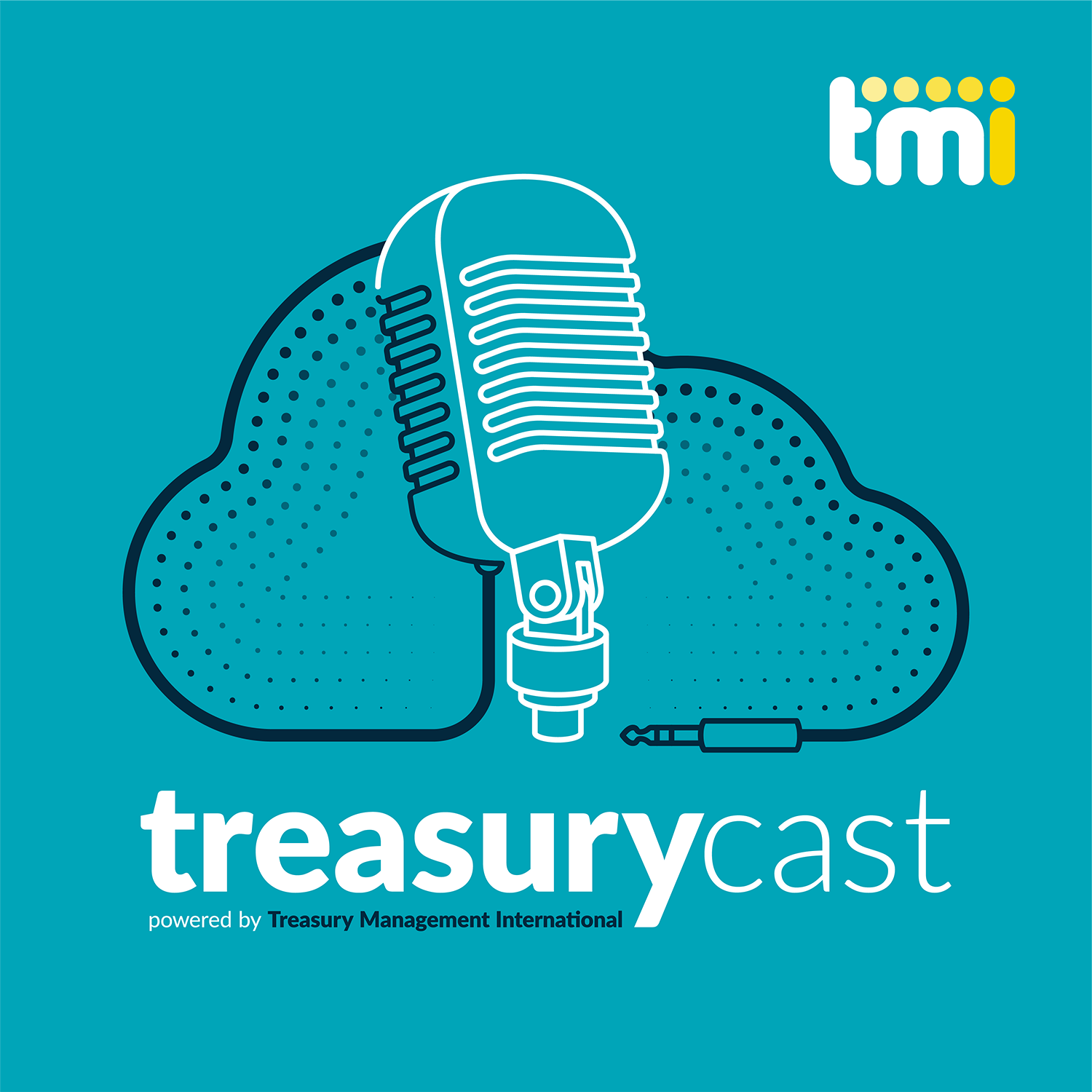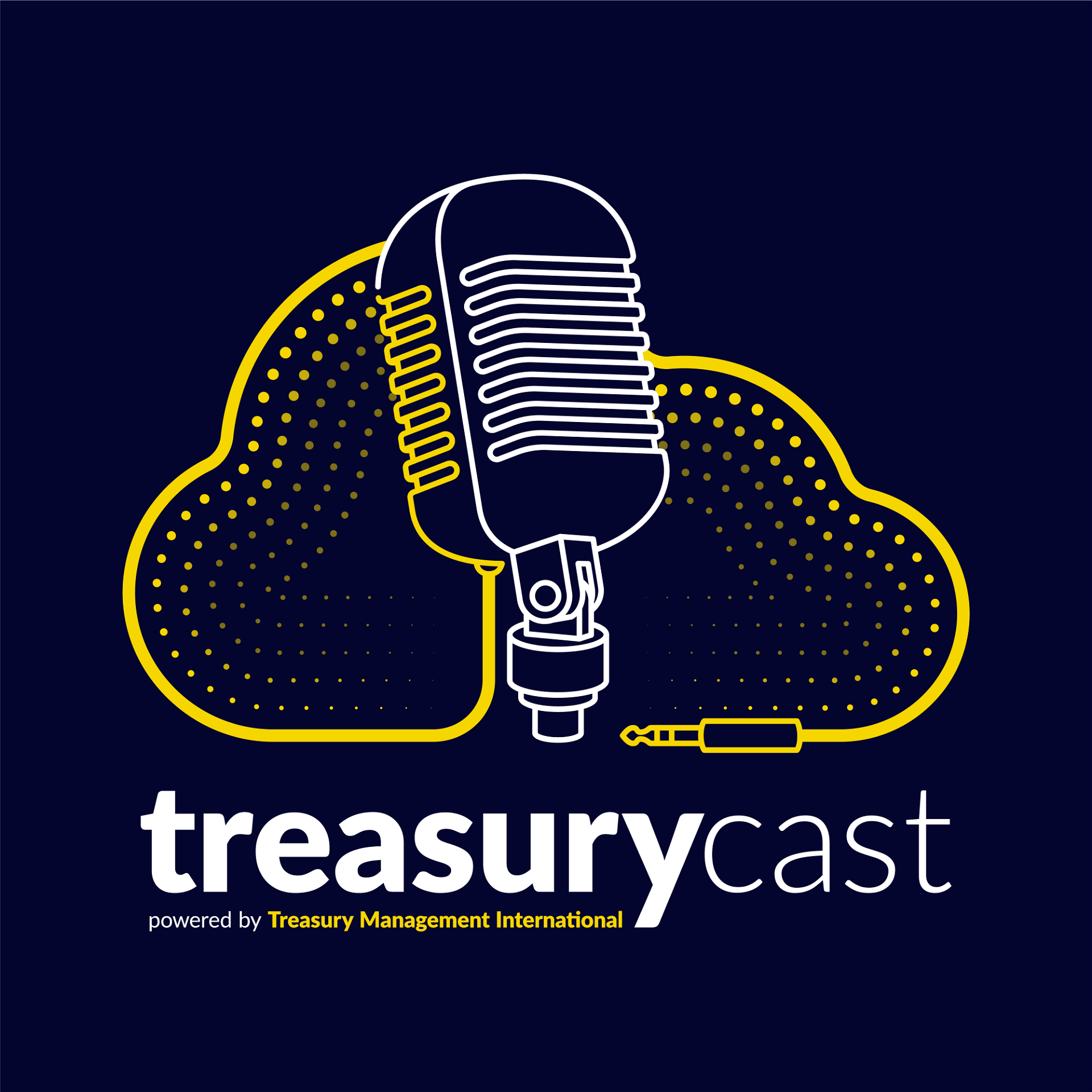The recent launch by FinLync of the first publicly available corporate bank API catalogue for treasury teams promises easier API identification and quicker connection. TMI spoke to Peter Klein, the vendor’s co-founder and CTO, about the significance of the offering.
The emergence of bank API (application programming interface) services as a means of providing easy real-time connectivity between treasury teams and their banking partners has been rapid. Yet progress has been undermined by the treasury community’s lack of a clear means of identifying its options in this increasingly busy space. This is expected to change with the release of the first ever publicly available corporate bank API catalogue targeted at treasurers.

Built around the proprietary rating system of TMI Innovation Lab entrant FinLync, the new online catalogue is set to provide transparent information on each bank’s API capabilities, with a “comprehensive and continually expanding directory of corporate banking APIs worldwide”.
The catalogue contains searchable content that can be filtered and sorted as required. APIs are split by bank provider and by API category. The list of banks so far includes “a selection of global banks”, with the list “constantly being updated”, says Klein. APIs are divided into core treasury capabilities such as cash visibility, account management, payments, and trade financing.
Competitive element
With coverage of a wide range of treasury functions from an expanding list of banks, Klein expects the catalogue to help corporates “plot their roadmap for adoption based on their priorities for real-time treasury”. As more treasuries consider the latest connectivity products as part of their bank requests for proposal (RFPs), and many now choosing bank partners based on their range of API offerings, he adds that the catalogue will also help in selection.
Furthermore, the transparency that the catalogue provides around bank API offerings could also drive the industry forward by creating increased rivalry among banks. A key driver of this is the catalogue’s proprietary star-ratings model.
Although primarily designed to help treasurers select the most appropriate API, because each one is rated and ranked for a range of attributes, Klein believes banks will be driven to compete. “The more powerful and richer the API experience and data offerings they can offer clients, the more likely they will win the RFPs,” he says.
Ratings currently cover security, performance, data/messaging standards, API range offered, market and geographical coverage, ease of onboarding, and testing/sandbox capabilities for users. All users will be able to offer feedback to FinLync to consider as part of the formal rating process.
“The catalogue is the tip of the iceberg,” declares Klein. “The underlying technology is our BankLync API aggregator which enables us to connect to all the bank API offerings and then standardise and unify the data. It means corporates connected to BankLync have a multi-bank real-time aggregation experience without having to work out how to connect each API.” It is, he feels, the fastest way for treasury to benefit from the rapidly evolving API market.
FinLync recently added senior bank executives from Bank of America, J.P. Morgan, Standard Chartered Bank, and Wells Fargo to its advisory board.





